As part of the Informing Contexts Module at Falmouth University we have considered the status of the image and how it is consumed.
This is a review of display methodologies from Format, the Derby (UK) based, biannual photo festival 2017, visited on 8th April 2017
This year’s Format theme was Habitat. I was able to to visit seven venues. The festival ran from from 24 March to 23 April. The scale, light conditions, fabric, lighting and environment varied hugely across the whole city. Image viewing aside, it was a very positive opportunity to visit so many venues in one visit including buildings that are not normally open to the public. All areas were free to visit with the exception of the Cathedral tower which was a timed booking for a small fee of £1.
As part of my practice I am considering constantly the scale and medium in which to display my work and the successes and pitfalls of display extremely useful way of gaining a deeper appreciation of the curator/director’s role and challenge.
I carried around with me a small camera on the day, this is a series of images chosen because they illustrate the numerous aspects of image exhibition. Images are all my own with the exception of figure 6 which is from my colleague Chris Northey.
Projection


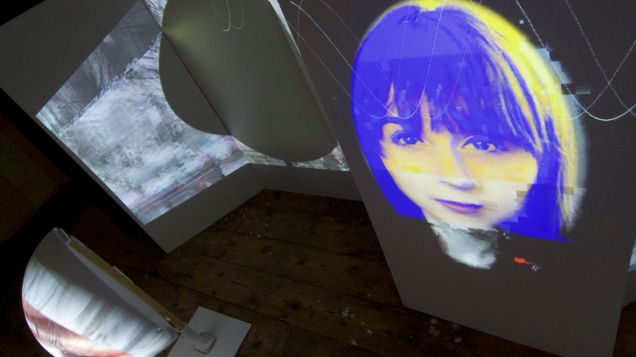
figures 1, 2, 3
Figure 1 was at Quad, this end of the gallery was blacked out which provided the right environment for both the floor standing and suspended screens, to create maximum impact. The suspended projectors threw an image slightly wider than each screen to create a completely lit panel, the overspill light was lost into black fabric behind. The two screens worked in syncronicity with a blend of video and stills.
Figure 2, also at Quad, was a conventional wall projection, it was possible to pass in front of the image as it was a closer ‘walk’ than figure 1. Both figures 1 and 2 were strong and successful.
Figure 3 was in an old, disused school venue known as Pearson. The projector was at ankle level and the angled screens were approx 1m high and floor standing. A half sphere was placed in front, to emulate a human eye. A more intimate project. Engaging and successful.
Outdoor
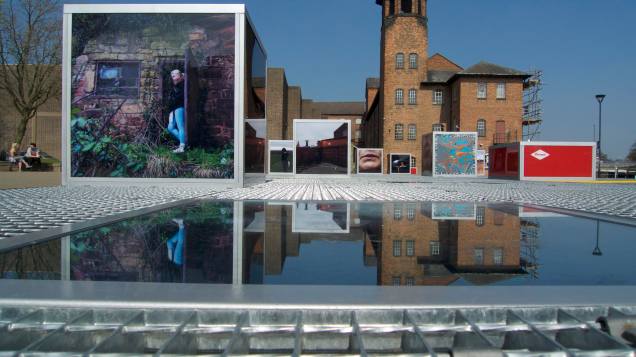

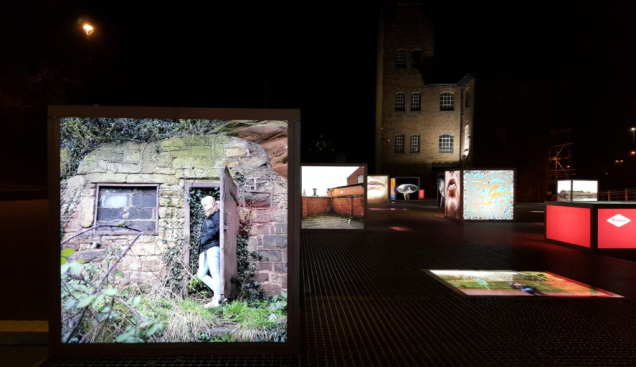
figures 4,5,6
An engaging installation into Cathedral Green featuring work in 5-sided back-lit boxes (of differing heights) as well as a series of horizontal panels set into the walkable grid, some 150mm above the normal grade. The work viewed at night is especially dynamic and the quality of the transparency prints was very high and consistent. As far as on could tell this piece was being viewed by festival goers as well as passers by. It was commissioned by Format and First Art and captured images locally as well as from international artists. This was particularly of interest as I am hoping to work on a project as a permanent installation in Birmingham.
Reflections
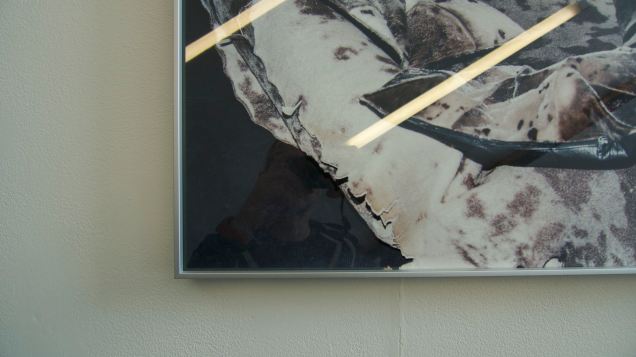

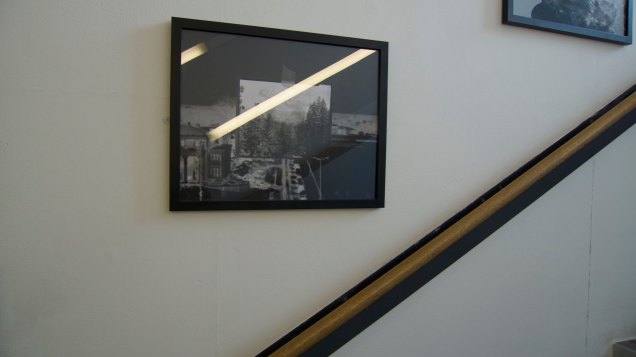
figures 7,8,9
Simply to show the difficulty of working with glazed frames and overhead lights not installed for display, in these instances from stairwell lighting and windows opposite (figure 8).
Using the Space

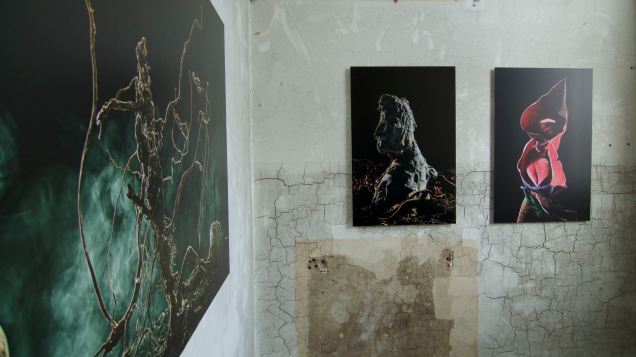
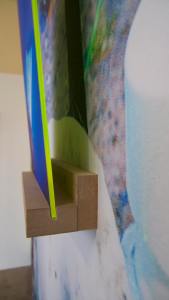
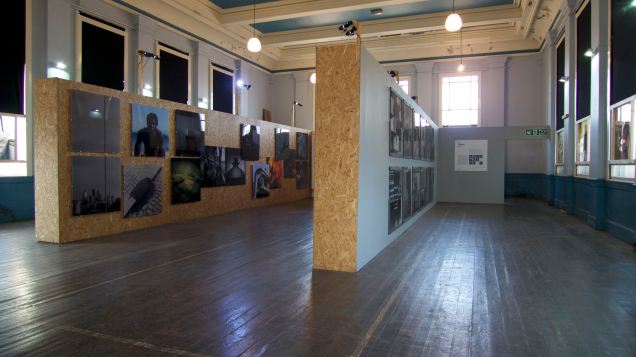
figures 10,11,12,13
These images demonstrate the diversity of spaces and responses in Pearson building. Figure 10 illustrates a tower of interlocking, card mounted images. Figure 11 board mounted prints mounted off the wall to create a shadow gap away from the wall surface; a counterpoint of highly refined images and the cracked and neglected wall surfaces. Figure 12 neatly shows a through colour acrylic sheet with image printed onto the outer surface and then suspended in front of another image on an mdf shelf. Figure 13 provides a whole room view of two wide screens made from OSB board painted on some surfaces and left raw on others (one assumes a curatorial device to set off each type of image group). The tall space and the related windows were masked to prevent too much light spillage into the space. The lower portion of windows was utilised for naturally back-lit images.
Hanging Sheets
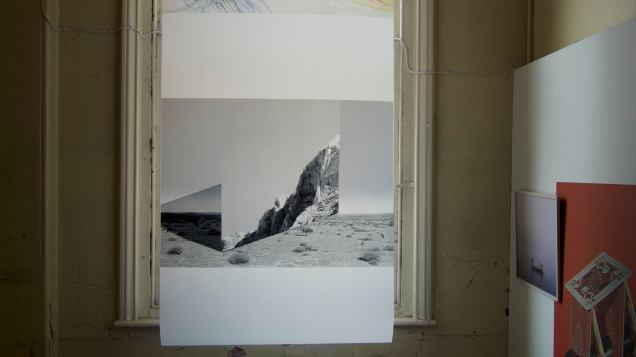

figures 14,15
Figure 14 was taken in Pearson Building and showed a composite image printed onto translucent sheet, with excess unprinted areas above and below ingeniously used to frame the image and mask the frame beyond and also provide a high level suspension. Figure 15 was from Pickford’s House (part of the Derby municipal museum group) and simply used the main trusses passing through the space as a rail to suspend large fabric drapes with images printed upon them as an intervention across the centre of the main upstairs space.
Striking Backgrounds
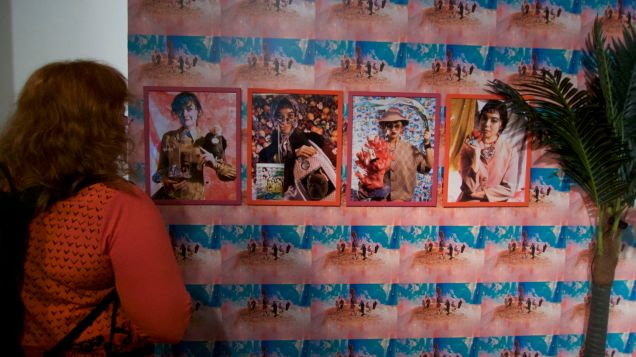
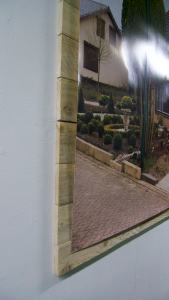

figures 16,17,18
Figures 16 and 17 were found in Quad. 16 uses a repetitive image pasted across the screen wall to act as a vibrant backdrop to a line of high colour production prints (red framed!). 17 shows a paper print pinned to a panel of timber; a slightly distracting backdrop as it did not bear a reflection of the image (as 16 clearly does) and I made the assumption that it was used to create a suitable surface for pinning a number of prints.
Figure 18 is a simple freestanding screen which acts as the pinning surface for a series of 8 images which were actually printed on a single roll of paper.
Links
Main website http://www.formatfestival.com/
BJP Review http://www.bjp-online.com/2017/03/format-festival-the-low-down/
ends
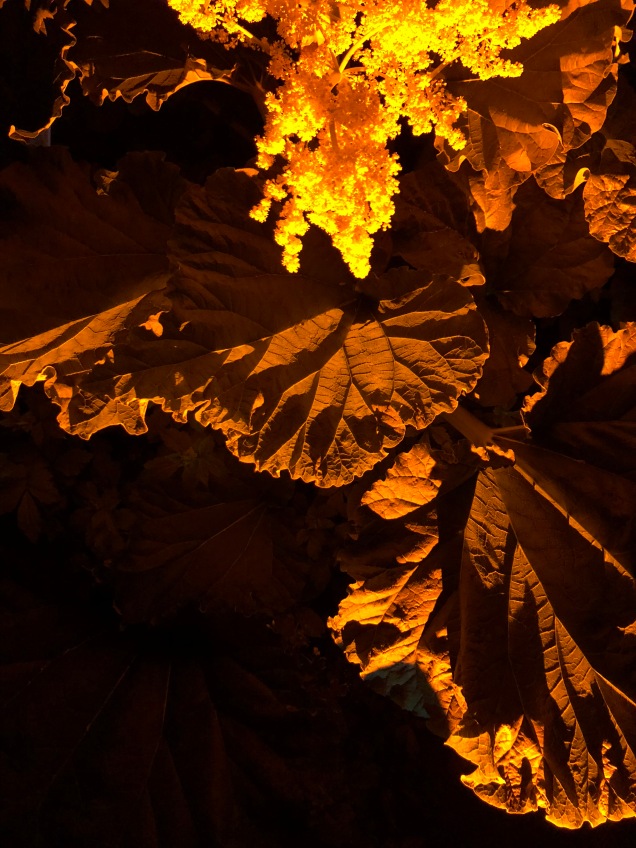 Figure 1
Figure 1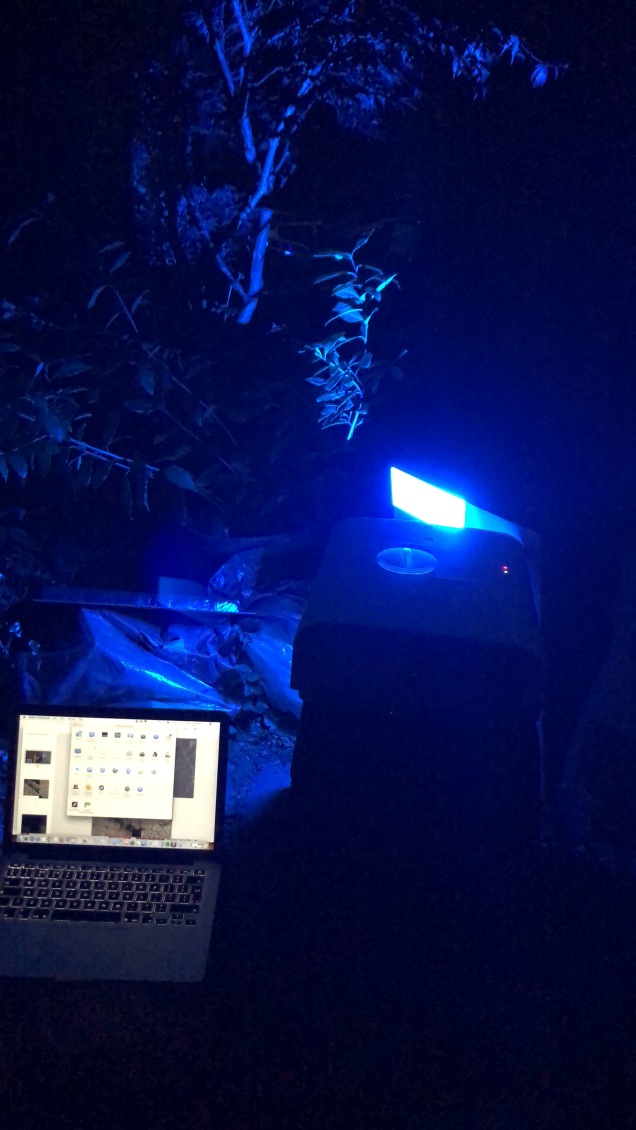 Figure 2
Figure 2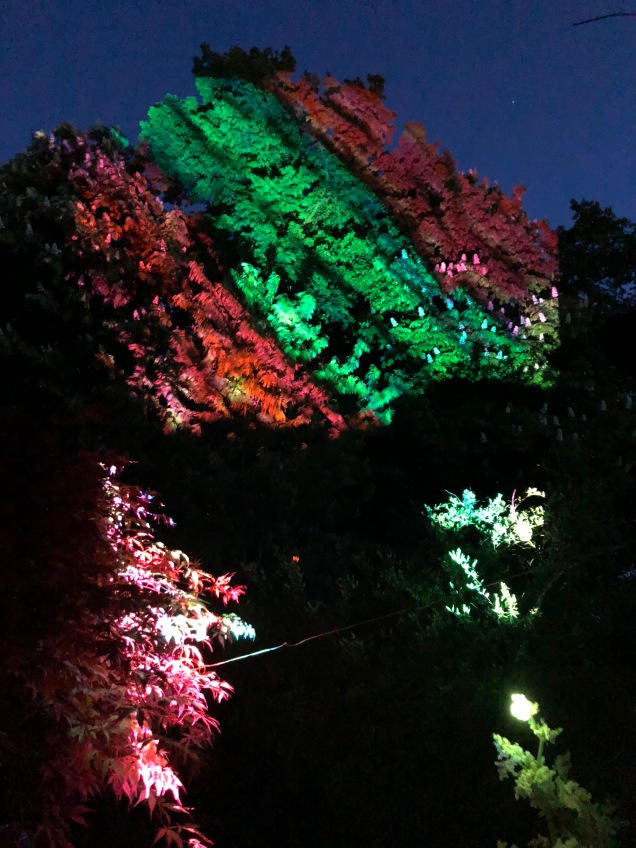 Figure 3
Figure 3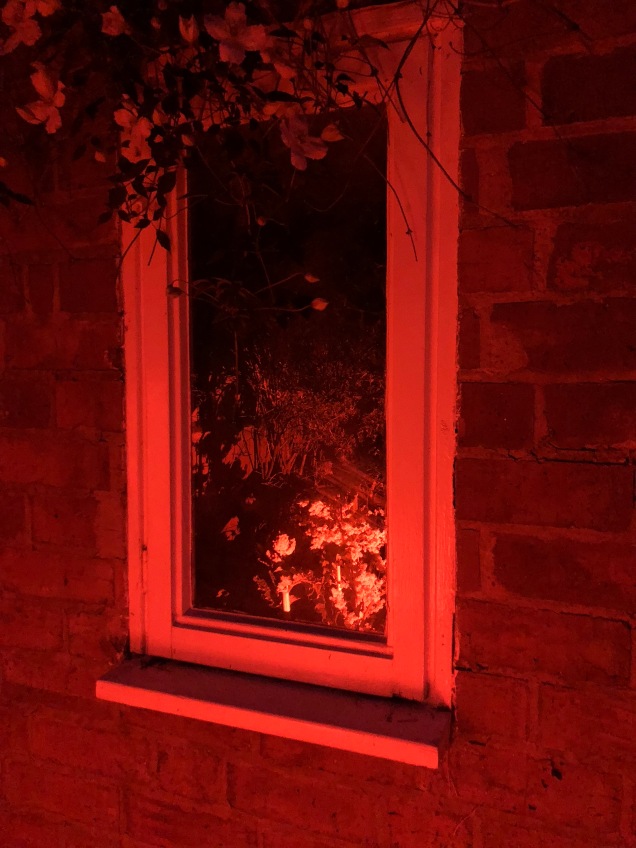 Figure 4
Figure 4
















